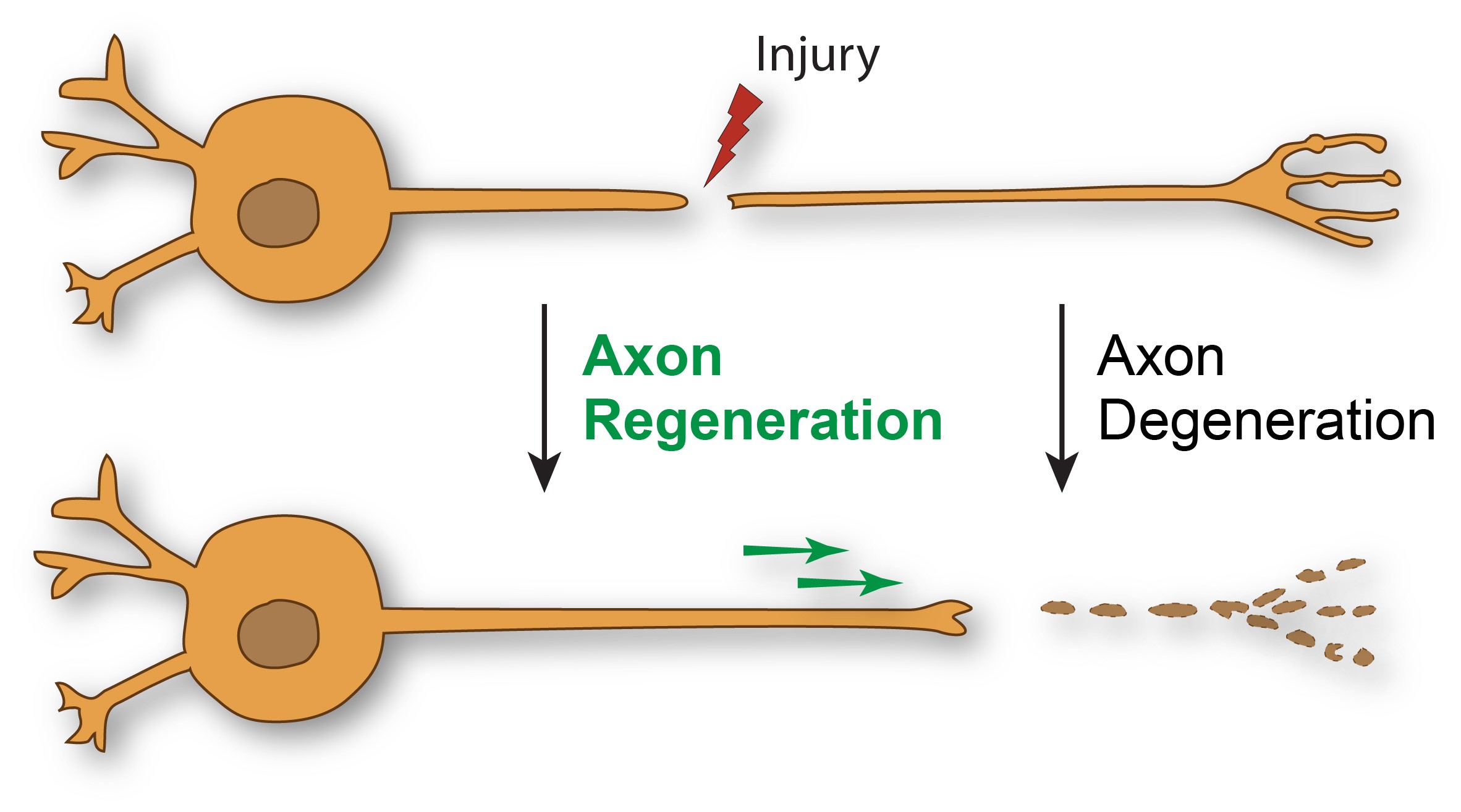In 2019 I wrote a book about ALS research that was subtitled "From stopping the disease to restoring the motor function".
Several chapters were dedicated to future techniques to repair neurons or even replace them.
Few research has been published on the later topic since 2019.
Scientific publications of that time are now more or less considered as dubious if not fraudulent.
Anyway there is the problem of replacement in vivo which is entirely unsolved.
 More practical is the notion of repairing neurons.
It is based on the remark that motor neurons may not die in ALS, but somehow becomes non-functional.
There are case studies of people with ALS having gain strength and functionnality as we recently reported, obviously for those people at least motor neurons didn't die.
A possibility is that the cellular stress response is one cause of ALS, neurons under cellular stress response become non-functional, they stop protein production.
Cellular stress response normally do not last very long or the cell die.
The stressing events might be of diverse origin.
More practical is the notion of repairing neurons.
It is based on the remark that motor neurons may not die in ALS, but somehow becomes non-functional.
There are case studies of people with ALS having gain strength and functionnality as we recently reported, obviously for those people at least motor neurons didn't die.
A possibility is that the cellular stress response is one cause of ALS, neurons under cellular stress response become non-functional, they stop protein production.
Cellular stress response normally do not last very long or the cell die.
The stressing events might be of diverse origin.
An obvious way to help a cell to get out of cellular stress response is to provide it with energy and growth factors. Several drugs based on growth factors had been proposed and tested (Brian Kaspar 2003, Hwang, Kim 2009), yet this does not fit well with the current scientific mindset which is oriented molecular biology, and BrainStorm's Nurown clinical trial failed which does not bode well for this line of research.
A new work shows that both in C57BL mouse and human bone marrow neutrophils, when polarized with a combination of recombinant interleukin-4 (IL-4) and granulocyte colony-stimulating factor (G-CSF), upregulate alternative activation markers and produce an array of growth factors, thereby gaining the capacity to promote neurite outgrowth. The most interesting effect was that it triggered substantial axon regeneration within the optic nerve and spinal cord after eight weeks.
The experiments in the retina involve intraocular injection of the neutrophils while experiments on the Dorsal root ganglion involve injections into the sciatic nerve. While the retinal experiments suggest that the neutrophils act on neuronal cell bodies (or their associated glia), the Dorsal root ganglion experiments indicate that they act on axons (or their associated glia).
Yet no functional recovery was verified as it would take many months, so we don't know it this work is useful for (mice) patients.
The possible therapeutic use of these neutrophils would be administering them in response to specific neural damage. The authors have speculated that administering neutrophil cell therapy directly at sites of CNS injury (using surgical approaches) could be a viable option.
Yet Brainstorm's Nurown failure is still in all minds.
